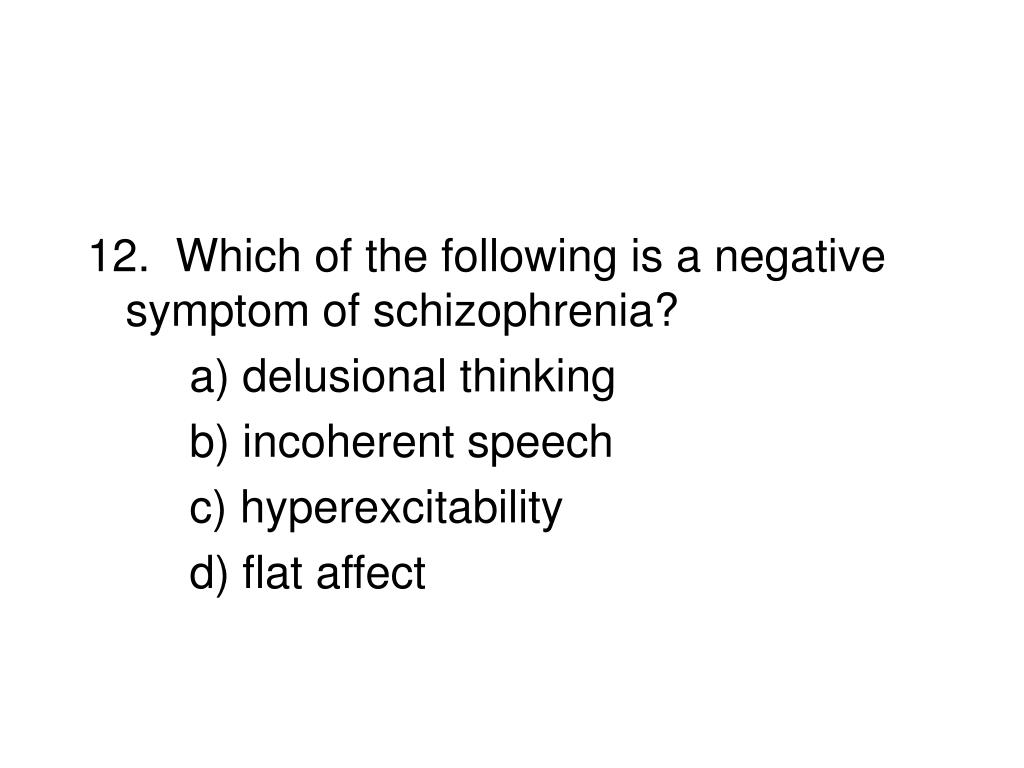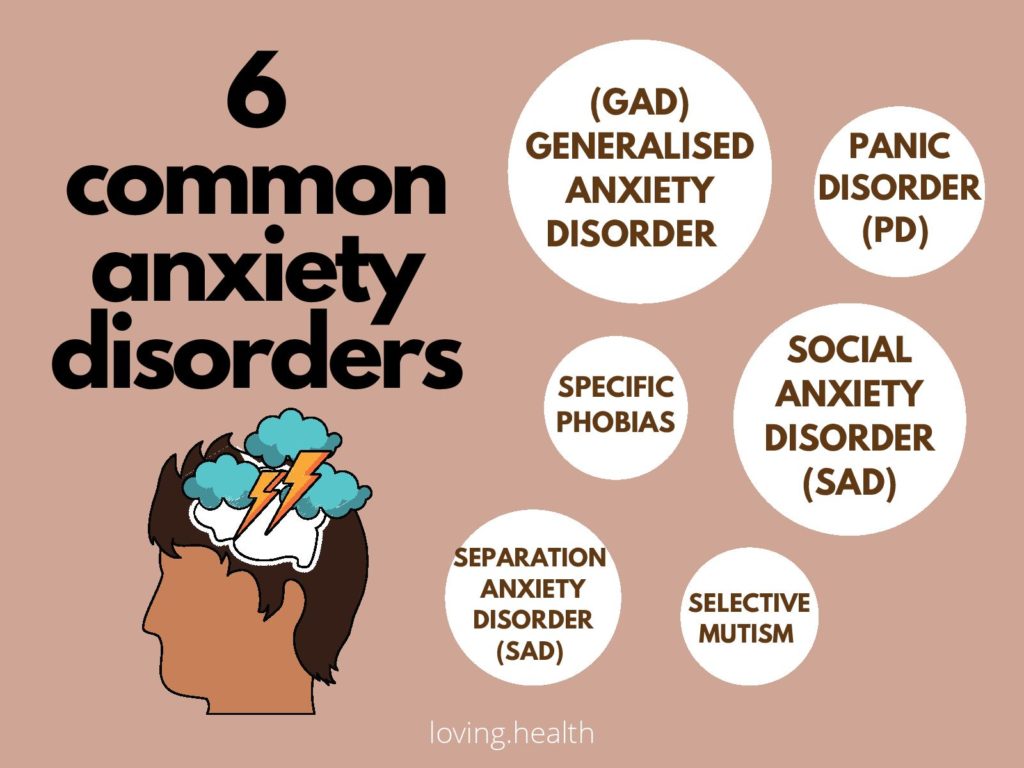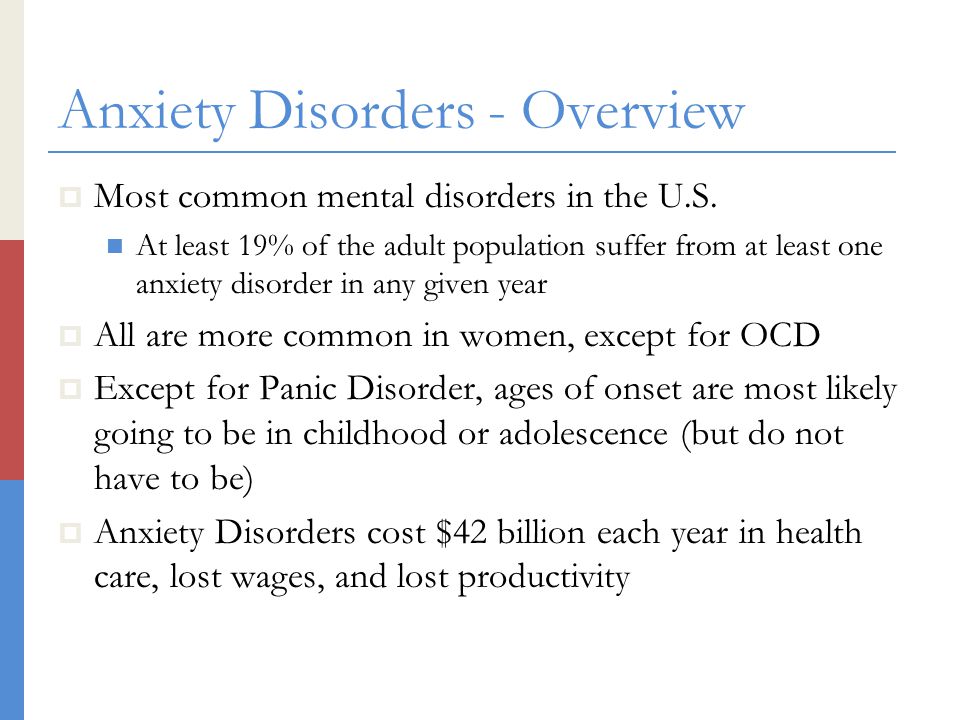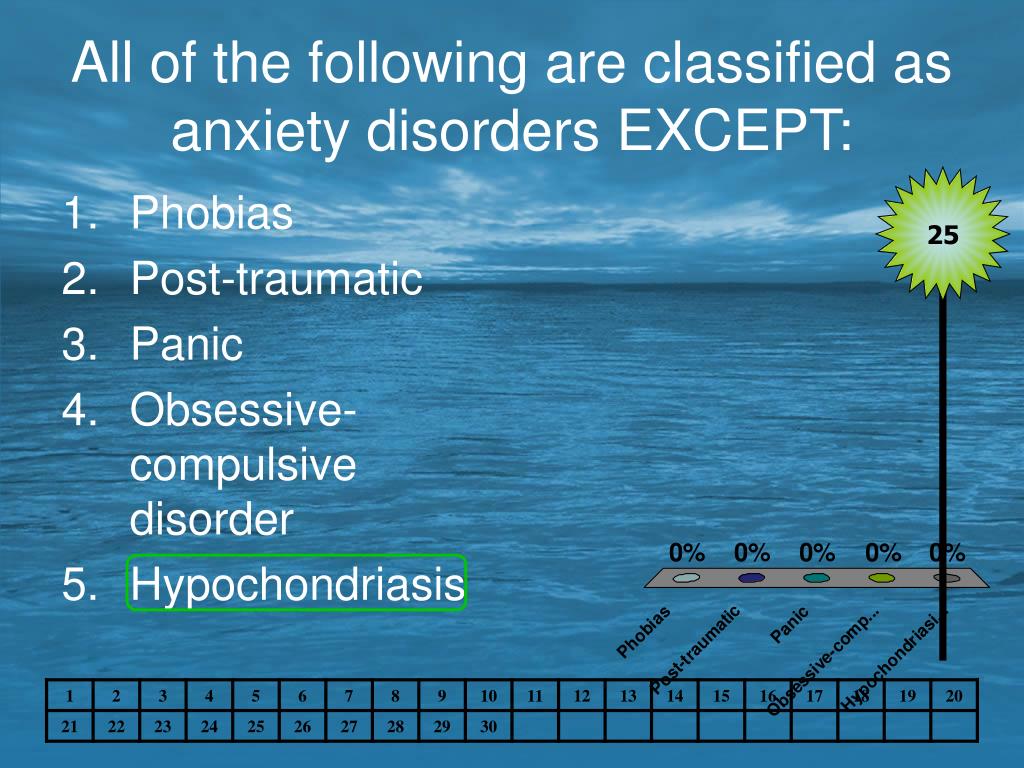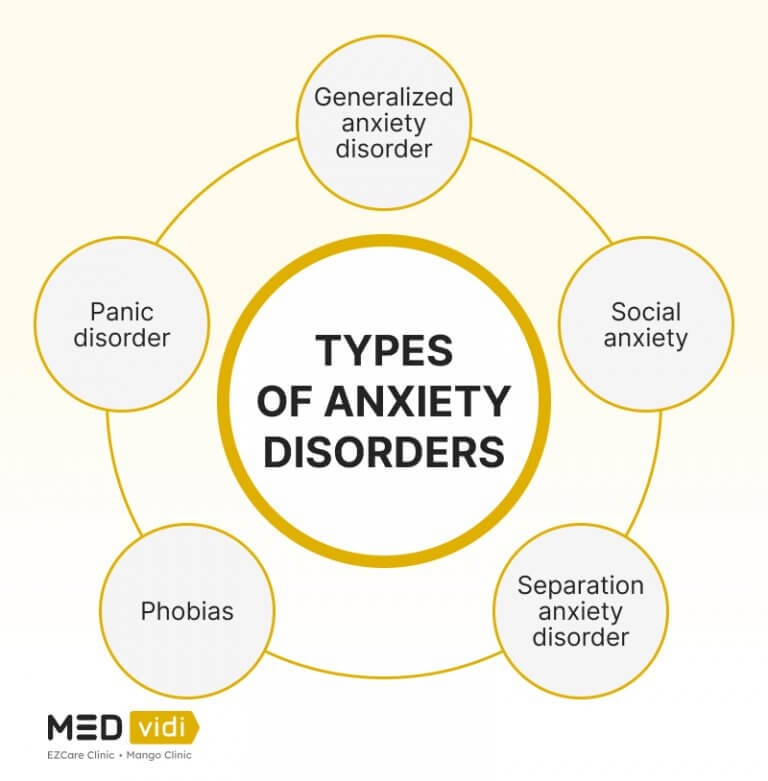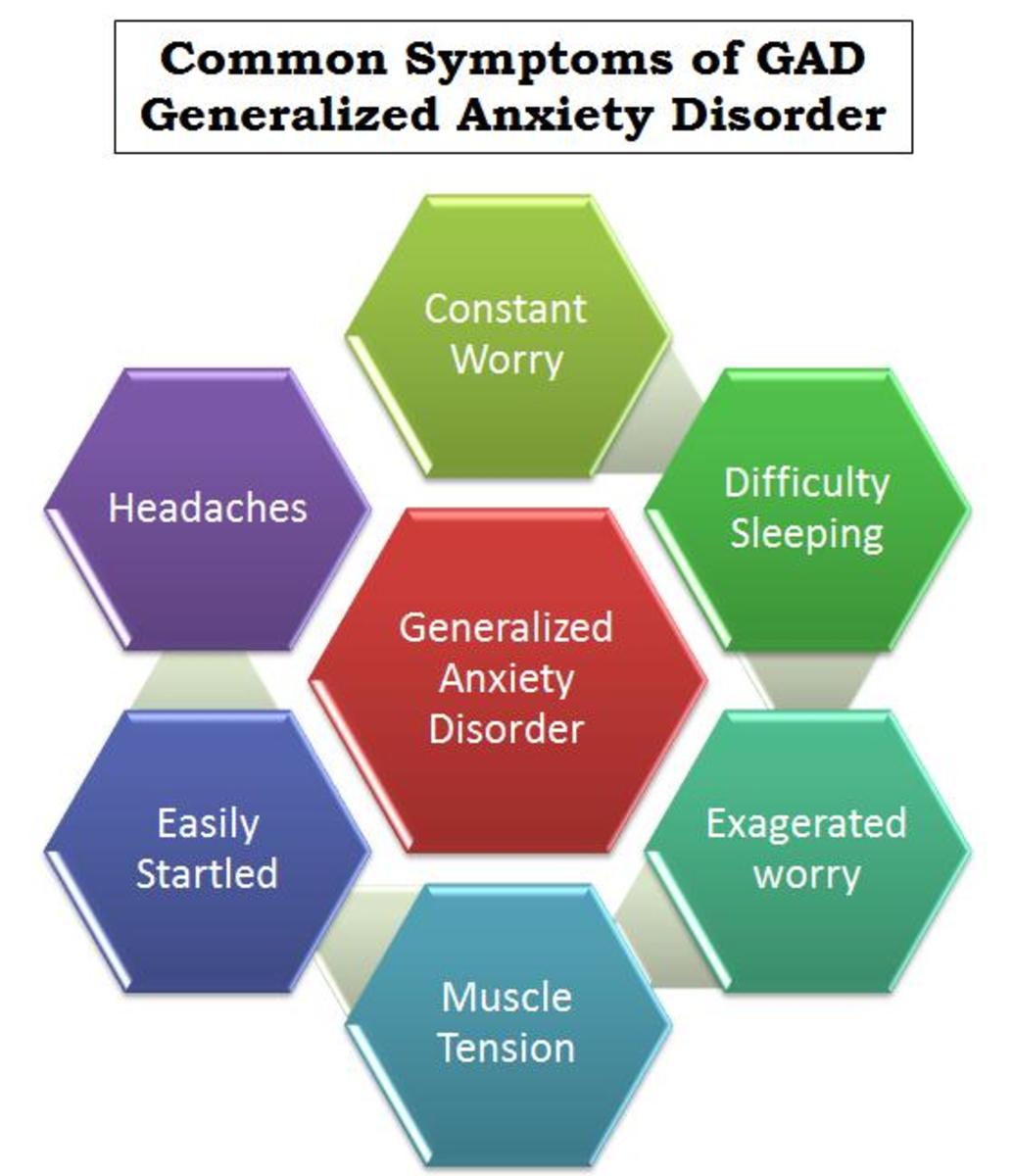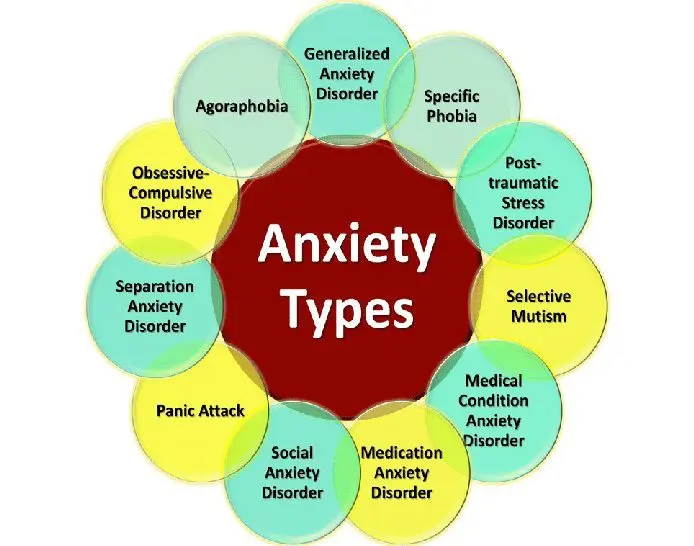All Of The Following Are Anxiety Disorders Except

Imagine your heart pounding in your chest, not from excitement, but from a wave of unease that seems to rise from nowhere. Maybe it’s the constant worry that nags at the back of your mind, a persistent hum of "what ifs" playing on repeat. Or perhaps it's the sudden, overwhelming fear that grips you during a social gathering, making you want to disappear.
Understanding the nuances of anxiety disorders is crucial because anxiety affects millions worldwide. This article unpacks common anxiety disorders, offering clarity and dispelling misconceptions, but also points out what is not categorized as one. We'll delve into the characteristics of various anxiety disorders and highlight conditions often mistaken for them, promoting a better grasp of mental health and well-being.
Anxiety, in its essence, is a natural human emotion. It's that feeling of apprehension, unease, or dread we experience in response to stressful situations. Think of the butterflies you feel before a big presentation, or the worry that creeps in when a loved one is unwell. These are normal, adaptive responses that help us prepare for and cope with potential threats.
However, when anxiety becomes excessive, persistent, and interferes with daily life, it can morph into an anxiety disorder. These disorders are characterized by intense, overwhelming fear, worry, and nervousness that are disproportionate to the actual threat or situation.
Defining Anxiety Disorders
The Diagnostic and Statistical Manual of Mental Disorders (DSM-5), published by the American Psychiatric Association, is the standard reference used by mental health professionals to diagnose mental health conditions. It outlines specific criteria for each anxiety disorder, ensuring consistent and reliable diagnoses.
Generalized Anxiety Disorder (GAD)
GAD is characterized by persistent and excessive worry about a variety of topics, events, or activities. Individuals with GAD often find it difficult to control their worry, and they may experience symptoms such as restlessness, fatigue, difficulty concentrating, irritability, muscle tension, and sleep disturbances.
The worry associated with GAD is often unrealistic and out of proportion to the actual situation. It is important to differentiate between normal stress and true GAD.
Panic Disorder
Panic disorder involves recurrent, unexpected panic attacks, which are sudden surges of intense fear or discomfort that reach a peak within minutes. These attacks are accompanied by physical symptoms such as heart palpitations, sweating, trembling, shortness of breath, chest pain, dizziness, and nausea.
A key feature of panic disorder is the persistent worry about having future panic attacks, which can lead to significant changes in behavior. Individuals with panic disorder may avoid situations or places where they have previously experienced panic attacks.
Social Anxiety Disorder (Social Phobia)
Social anxiety disorder, also known as social phobia, is characterized by intense fear of social situations where the individual may be scrutinized or judged by others. This fear often leads to avoidance of social interactions or endurance with significant distress.
Common social situations that trigger anxiety in individuals with social anxiety disorder include public speaking, eating in public, attending social gatherings, and interacting with strangers. The fear stems from the belief that they will act in a way that will be embarrassing or humiliating.
Specific Phobias
Specific phobias involve marked fear or anxiety about a specific object or situation, such as spiders, heights, flying, or needles. Exposure to the phobic stimulus almost invariably provokes immediate fear or anxiety, and the individual actively avoids the phobic stimulus or endures it with intense distress.
While many people have fears or dislikes, a specific phobia is diagnosed when the fear is excessive, persistent (typically lasting for six months or more), and causes significant distress or impairment in daily life.
Separation Anxiety Disorder
Separation anxiety disorder is characterized by excessive fear or anxiety concerning separation from attachment figures. While separation anxiety is normal in young children, it is considered a disorder when it is excessive, persistent (lasting for at least four weeks in children and adolescents and six months or more in adults), and causes significant distress or impairment in daily life.
Individuals with separation anxiety disorder may worry about harm coming to their attachment figures or themselves when separated. They also might refuse to leave home or go to school or work due to fear of separation.
What Isn't Necessarily an Anxiety Disorder?
It's equally important to recognize conditions that share symptoms with anxiety disorders but are classified differently. This clarity helps avoid misdiagnosis and ensures individuals receive the correct treatment.
Obsessive-Compulsive Disorder (OCD)
While OCD was previously classified as an anxiety disorder, the DSM-5 now categorizes it under Obsessive-Compulsive and Related Disorders. OCD involves obsessions, which are recurrent and persistent thoughts, urges, or images that cause anxiety or distress, and compulsions, which are repetitive behaviors or mental acts that the individual feels driven to perform in response to an obsession or according to rules that must be applied rigidly.
Although anxiety is often a component of OCD, the primary focus is on the obsessions and compulsions themselves. The rituals are performed to reduce anxiety or prevent a dreaded event, but they are not realistically connected to what they are meant to neutralize or prevent.
Post-Traumatic Stress Disorder (PTSD)
Similarly, PTSD, once grouped with anxiety disorders, now has its own category in the DSM-5: Trauma- and Stressor-Related Disorders. PTSD develops after exposure to a traumatic event, such as combat, sexual assault, or a natural disaster.
Symptoms of PTSD include intrusive memories, nightmares, flashbacks, avoidance of reminders of the trauma, negative alterations in mood and cognition, and hyperarousal. While anxiety is a common symptom of PTSD, it is part of a broader constellation of symptoms related to the traumatic experience.
Adjustment Disorder with Anxiety
Adjustment disorder with anxiety involves the development of emotional or behavioral symptoms in response to an identifiable stressor occurring within three months of the onset of the stressor. The symptoms are clinically significant, as evidenced by marked distress that is out of proportion to the severity of the stressor, or significant impairment in social, occupational, or other important areas of functioning.
Unlike anxiety disorders, adjustment disorders are specifically linked to an identifiable stressor and typically resolve within six months after the stressor or its consequences have terminated. This disorder is distinct from anxiety disorders because it is situation-specific and time-limited.
Normal Stress and Worry
It's essential to differentiate between clinical anxiety disorders and normal stress or worry. Everyday stressors such as work deadlines, financial concerns, or relationship problems can cause anxiety, but these feelings are usually temporary and proportionate to the situation.
Anxiety disorders, on the other hand, involve excessive, persistent, and impairing anxiety that is disproportionate to the actual threat. Seeking help from a mental health professional is important when anxiety interferes with daily life.
Seeking Help and Treatment
If you suspect that you or someone you know may have an anxiety disorder, seeking professional help is crucial. Mental health professionals, such as psychologists, psychiatrists, and licensed therapists, can provide accurate diagnoses and recommend appropriate treatment options.
Treatment for anxiety disorders typically involves a combination of therapy and medication. Cognitive-behavioral therapy (CBT) is a common type of therapy that helps individuals identify and change negative thought patterns and behaviors that contribute to anxiety. Medications, such as antidepressants and anti-anxiety drugs, can also be effective in managing anxiety symptoms.
Living with an anxiety disorder can be challenging, but it is important to remember that help is available. With proper diagnosis and treatment, individuals with anxiety disorders can manage their symptoms and live fulfilling lives.
Understanding the spectrum of anxiety, recognizing its variations, and distinguishing it from related conditions is essential for fostering a supportive and informed community. By dispelling misconceptions and promoting awareness, we empower individuals to seek help, reduce stigma, and prioritize their mental well-being.
